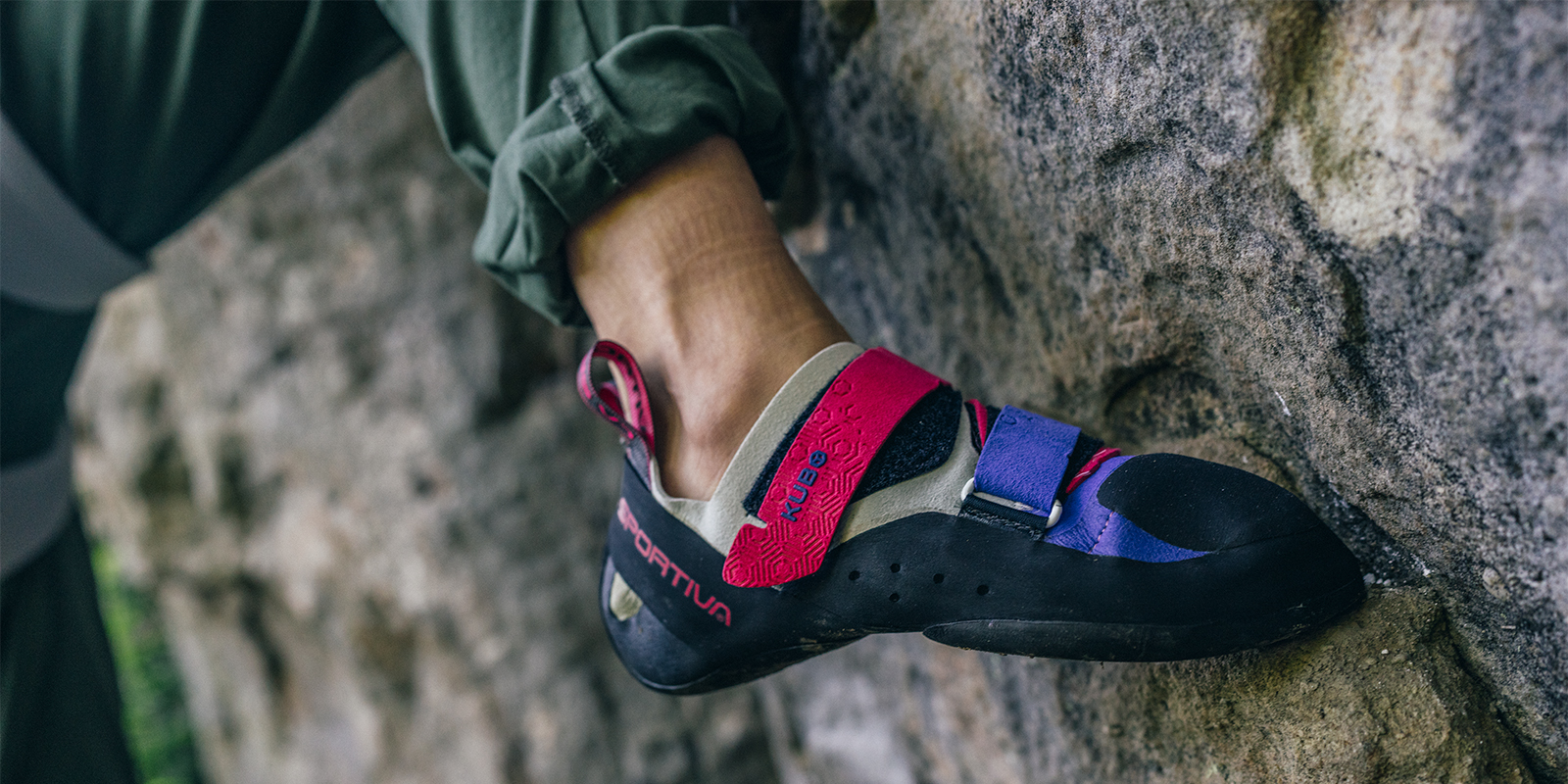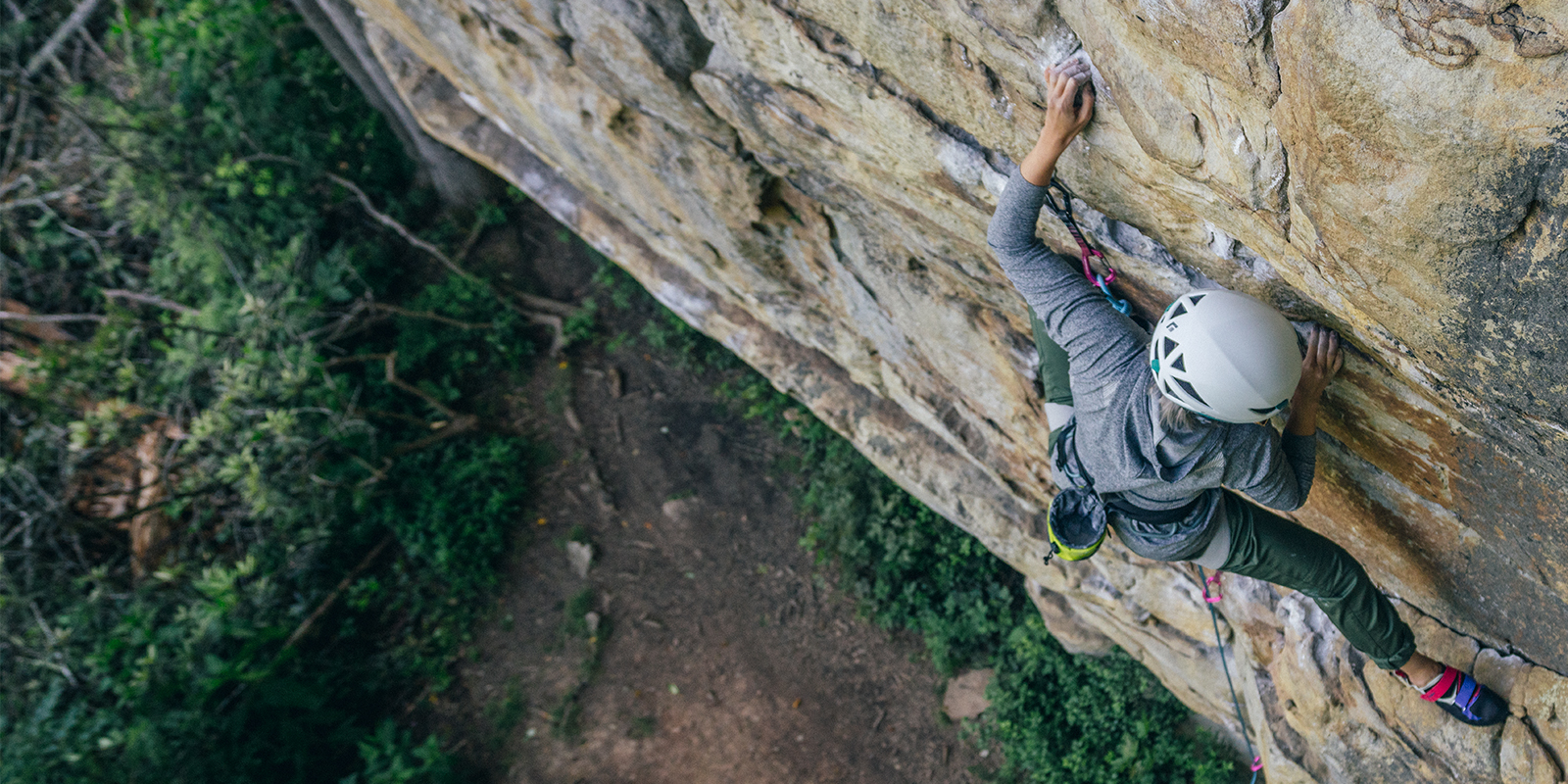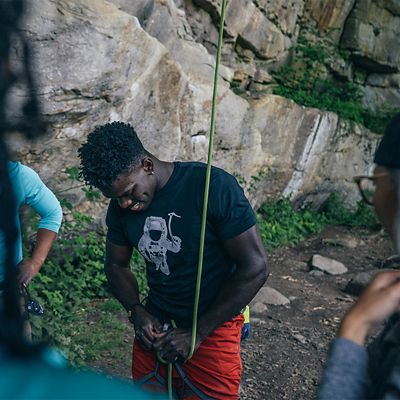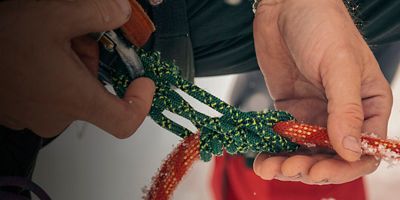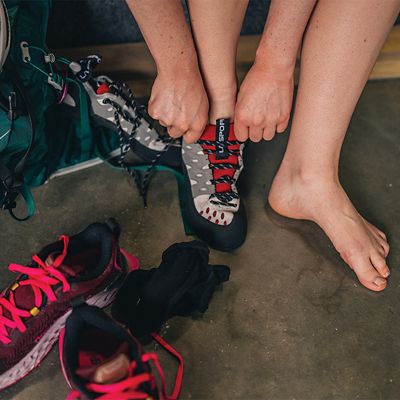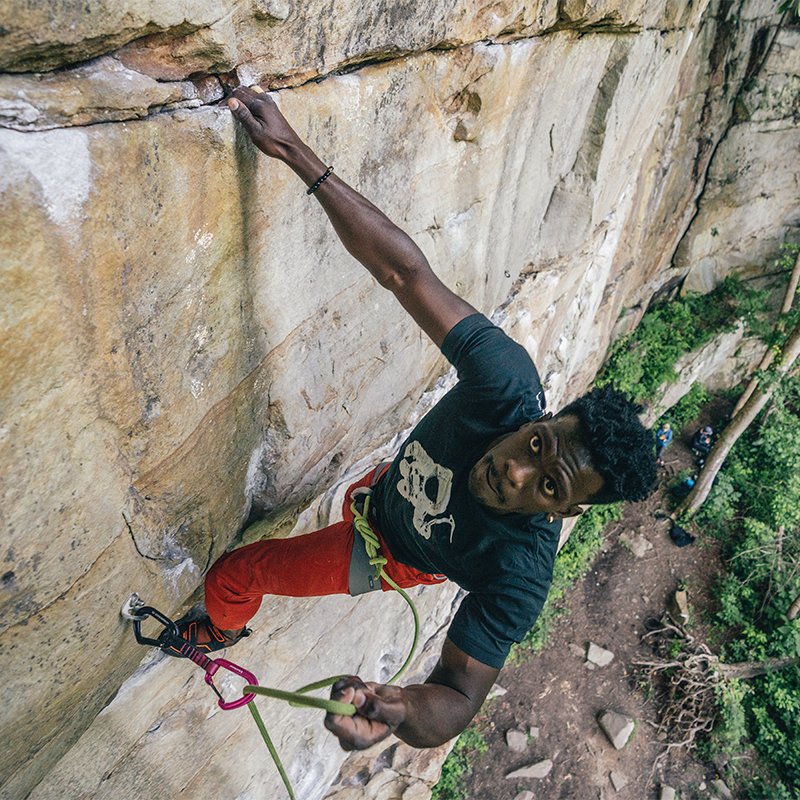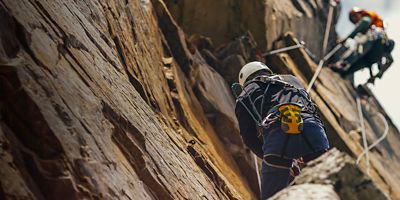
Some of the oldest, most classic routes in the U.S. are crack climbs, and for good reason: Cracks are easy to spot, they’re striking, and they take trad protection like nuts, hexes, and cams extremely well. They’re also a blast to climb—provided you’ve got a few crack-climbing techniques in your repertoire.
Unlike face climbing, crack climbing is pretty different from the kinds of routes you might find in a climbing gym, and it’s rarely intuitive. The good news? Your success in cracks will be largely technique-dependent, so you don’t necessarily need to improve your strength to see massive progress. Here are some tips and basic skills to help you get started.
8 Tips for Better Crack Climbing
1. Protect yourself
No matter how good your technique, crack climbing will be a little painful at times. Many crack climbers protect the backs of their hands with purpose-made crack gloves, or make their own from climbing tape. You can also tape your wrists, fingers, and ankles as needed to protect them from abrasion.
2. Wear the right shoes
Cracks are no place for downward-turned sporty shoes. For the most comfortable (and most effective) jamming, look for stiff, neutral-soled climbing shoes with ankle protection.
3. Try thumbs up and down
Thumbs-down jams can be better in tighter cracks, while thumbs-up jams are a little more ergonomic and give you better reach. Try both.
4. Alternate or shuffle
For straight cracks, it’s often more efficient to “swim,” placing your left hand above your right, then right above left, as you ascend. For a leaning crack or a crack in a difficult size, it may be better to shuffle.
5. Mind your placements
Avoid placing gear high above your head in cracks. Instead, place it near your waist where it won’t be in the way of your next jam.
6. Reach high, step high
The bigger the moves, the fewer you’ll have to do. Try to get your feet as high as possible to maximize reach.
7. Keep elbows and knees in
You’ll get the best purchase by pulling down, not out. When you step up, keep knees in and shins parallel with the crack. When you pull up, keep your elbows drawn in toward your midline.
8. Disregard the grade
All grades are subjective, but crack-climbing grades are more size-dependent than most. Someone else’s perfect fist crack might be your off-width. If a size is hard for you, embrace the challenge but don’t sweat the grade.






